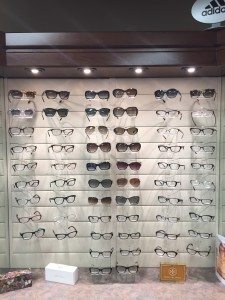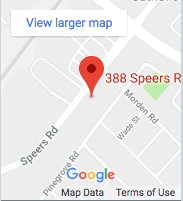There are a wide variety of tests and procedures used by optometrists and ophthalmologists to evaluate your vision and your overall eye health. Some are simple, like having you read off the eye chart and others are more complex, such as using a high-powered lens to see the tiny structures inside your eyes.
A complete eye exam can take an hour or more. It depends on your doctor and the number and complexity of the tests required to fully evaluate your eyesight.
The following is a list of the vision tests you’ll likely encounter during a routine eye exam.
Visual Acuity Tests
Visual acuity tests measure the sharpness of your vision. These tests are generally performed using an eye chart to measure your distance optical acuity and a small hand-held acuity chart to measure your sight close up.
Color Blindness Test
Sometimes a screening test is used to check for color blindness. Color blind test can alert your eye doctor to possible eye health problems that may affect your color vision, as well as detecting hereditary color vision weaknesses.
Cover Test
The cover test is the simplest and most common way for your eye doctor to check how your eyes work together. Your optometrist will have you focus on a small object across the room and cover each of your eyes alternately while you stare at the target.
During this process, your eye doctor will check to see whether or not the uncovered eye must move to pick up the fixation target, which could indicate strabismus or a more subtle binocular vision problem that could cause eye strain or lazy eye. Then the test is repeated up close.
Retinoscopy
This test may be performed early on in the examination to get an approximation of your eyeglass prescription. The room lights will be dimmed and you will be given a large target to focus on, usually the big “E” on the eye chart. As you stare at the target, your doctor will shine a light at your eye and flip lenses in a machine in front of your eyes.
Based on the way the light reflects from your eye, the doctor is able to estimate your prescription.
Refraction Test
The refraction test is used to determine your exact eyeglass prescription. The doctor puts an instrument called a phoropter in front of your eyes and shows you a series of two lenses. You will then be asked which of the two lenses in each choice looks clearer to you.
Based on your answers, your eye doctor will continue to fine-tune the lens power until reaching a final eyeglass prescription.
Autorefractors and Aberrometers
Your optometrist may also use one of these two instruments to automatically determine your prescription. Autorefractors have been proven to be very accurate and they save time, taking only a few seconds to determine your prescription.
Aberrometers are primarily used for custom vision correction procedures, such as Lasik, but many eye doctors are now incorporating this technology into routine eye exams, as well.


